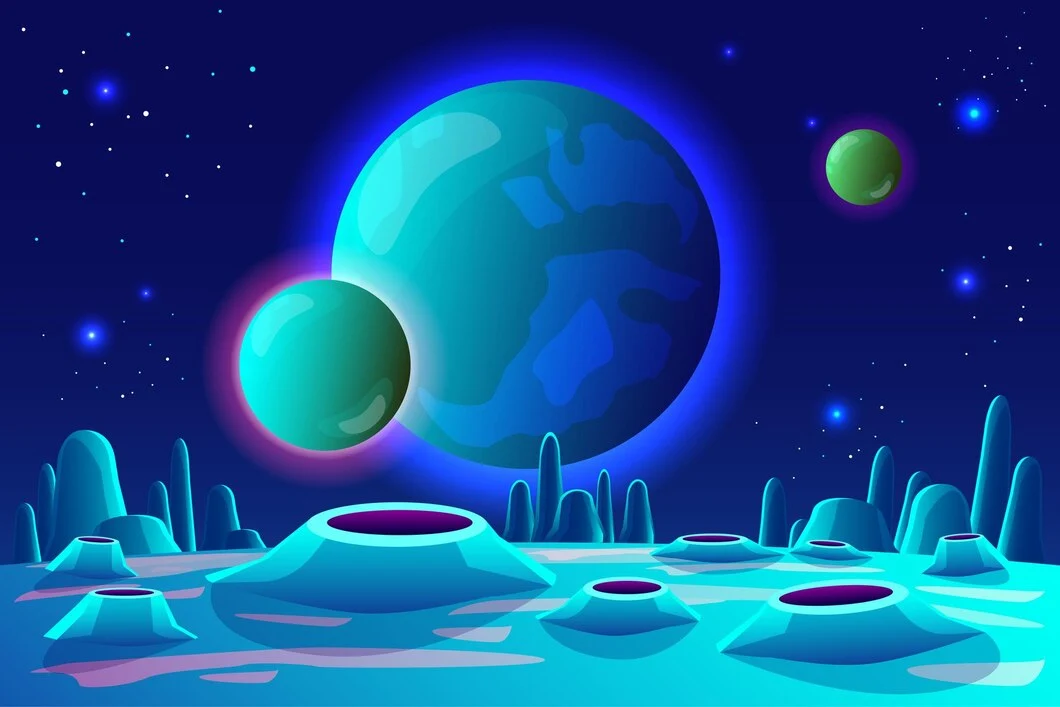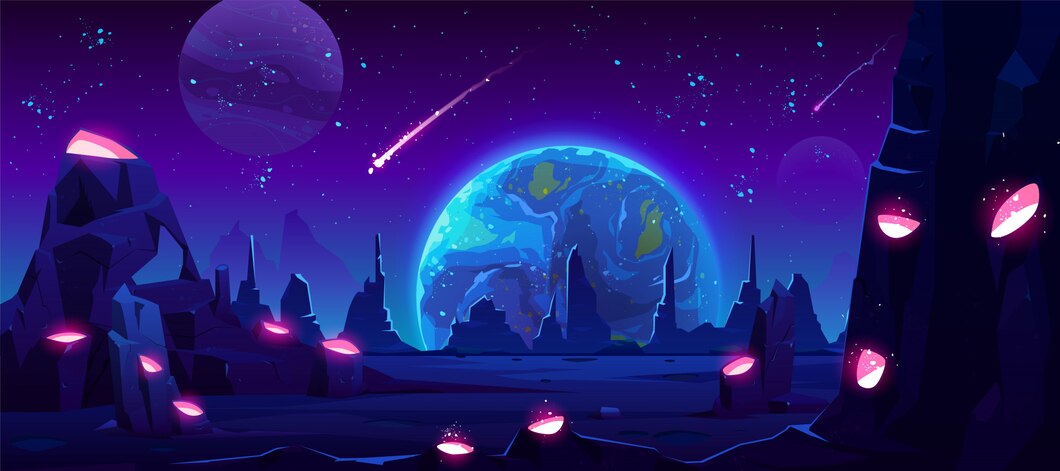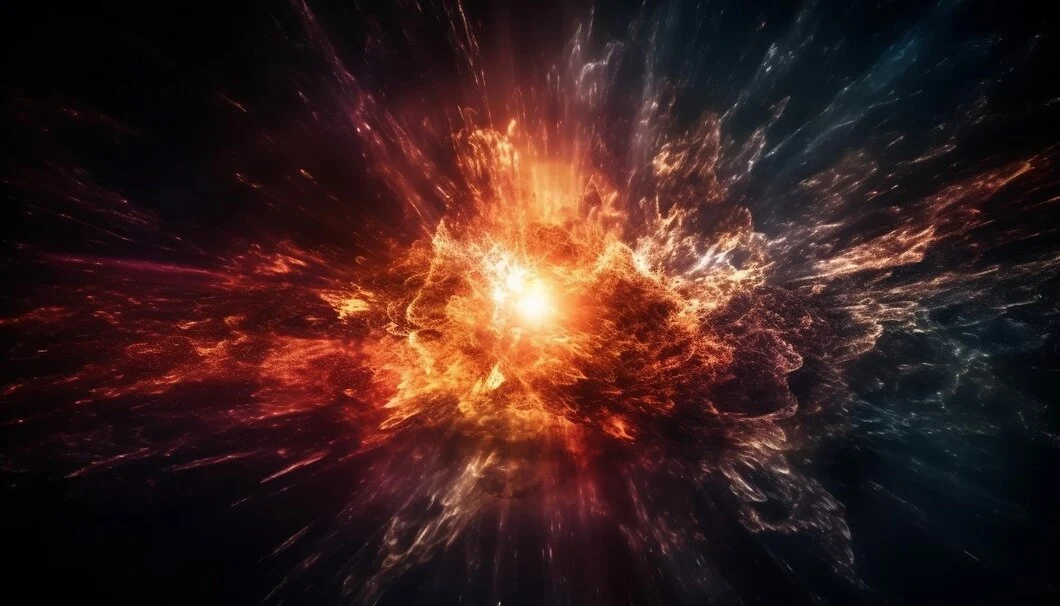Proof of Multiverse Found: New Experiment Proves Existence Of Multiverse
Introduction
Just imagine for a minute that you live in a multiverse and in another universe, you have a doppelganger. Both of you are walking on an unknown road in your respective universes. Now, suppose the timelines of your universes cross each other.
According to theoretical physicist Michio Kaku, at the point of crossover, the information of both universes will exchange as memories on a human level. This means that both versions of you will suddenly feel like you have walked on this road before. You will recognize the buildings, houses, and parks around you. This experience is similar to what we call deja vu. According to a study by the University of Zagreb, 79% of the world’s population has experienced deja vu. But can there be an unpopular reason behind deja vu, like the multiverse? Well, this is currently just an assertion, a hypothesis. We have not yet found any proof of this, but we have found proof of the existence of the multiverse.
Experiment
Scientists from Trento University in Italy have conducted an experiment that experimentally proves the existence of the multiverse. In 2017, a woman shared an experience related to the multiverse on Reddit. She claimed that her husband’s parallel version had sent her a text message from another universe. The woman received a text message on her phone from her husband’s number, but her husband was sleeping soundly in the bungalow with his phone on the side table. The sender of the message claimed to have her number saved in their phone but didn’t know her. The woman was shocked to hear this because only her husband refers to her as “wifi.” When she told her husband about this incident, there was no such message sent from her phone. However, when she sent a message to her phone to crosscheck, a new message appeared below the sender’s message. This incident can have many explanations, but one possible explanation is that the timelines of her husband’s counterpart in a parallel universe crossed with her original husband’s timeline, resulting in a connection between the two versions.
Now, let’s move away from imaginative and speculative episodes and talk about legitimate experiments that prove the existence of the multiverse.
Brief Idea of Big Bang Theory
To understand the existence of the multiverse, we have to revisit the Big Bang theory. Most people only know half of the Big Bang theory, but to understand the formation of the multiverse, we need to know the full picture. According to cosmologists, just before the Big Bang, all known energy was centered at a point, making it very unstable.
In just one moment, it exploded with a big bang, leading to the rapid expansion of space, also known as cosmic inflation. After the Big Bang, all the energy started to be equally distributed in the inflating space. This expanding space can be compared to boiling milk. The particles in the milk start to heat up and rise to the surface, creating bubbles. These bubbles have pockets of empty space and are less energetic compared to the particles of hot milk around them. Similarly, the energy from the Big Bang created quantum fluctuations or vibrations in our spacetime, leading to the formation of many stable bubble universes.
This year, physicists from Trento University in Italy have experimentally proved the bubble universe theory proposed in 1977 by American theoretical physicist Sidney Coleman. This theory explains what might have happened to our universe after the Big Bang. The experiment conducted by Zanissini and his team provides evidence for the existence of bubble universes.
Stability Of Our Universe
Our current universe, which appears stable, is likely stable because, like a chemical reaction, it has crossed a significant energy barrier. In a normal chemical reaction, reactants must absorb a large amount of energy, called activation energy, to trigger the reaction. Once this energy is obtained, the reactants transform into a more stable product. Sidney believed that something similar happened after the Big Bang. According to him, our universe entered a false vacuum state after the Big Bang, which was somewhat stable but not completely stable. When chemical reactions started occurring in this false vacuum matter and stars and galaxies began forming, the matter in our universe gained an energy boost. By crossing this energy barrier, it reached an even more stable state called true vacuum, allowing for the existence of planets. This is how our current stable universe was formed.
According to Sidney, particles in boiling milk have two ways to rise to the surface and cool down. They can either stay in the hot milk and rise slowly or form bubbles and rise quickly. Similarly, the particles in our universe had two ways to lose the energy obtained from the Big Bang and become stable. The first way is the ordinary Big Bang theory, where things gradually crossed an energy barrier and gained stability. The second way is through quantum tunneling, where ultramicroscopic quantum particles like atoms, electrons, photons, and quarks can take a shortcut through the energy mountain, similar to bubbles forming in milk. When initial particles achieved stability through quantum tunneling, countless bubble universes were formed. Our universe is one of these bubble universes.
Creating a Bubble Universe in Lab
To create a multiverse filled with bubble universes in their lab, scientists at Trento University in Italy conducted an experiment. They used sodium gas to represent the inflating space after the Big Bang. To mimic the false vacuum conditions of the universe, they supercooled the gas, transforming it into a highly stable and homogeneous form called the Bose-Einstein condensate (BEC). In the BEC, atoms align together in a magnetic field according to their spin. The gas was kept in a strong magnetic field, and when energy was supplied, bubble universes formed. The scientists radiated radiation on the magnetic field of the BEC to trigger energy fluctuation on the quantum level, leading to the formation of bubbles. They observed that when the frequency of the radiations reached a certain value, some atoms in the center of the BEC reached a more stable state than the original BEC, transitioning from a false vacuum to a true vacuum.
The whole experiment revolves around the magnetic field initially provided by the scientists. Just like a small magnet aligns itself with a larger magnet when placed in its center, the atoms in the BEC aligned themselves in the magnetic field. When radiation energy was supplied, some atoms magnetically flipped and became even more stable, forming smaller bubbles. This experiment shows that inflating space can transition from a false vacuum to a true vacuum in the form of bubbles, which become individual universes.
However, this experiment does not provide solid proof of the existence of a multiverse. The fundamental deficiency lies in the fact that we have not found any evidence of other bubble universes in the cosmic microwave background (CMB), which provides information about the aftermath of the Big Bang. The age of the universe calculated from the CMB data was recently found to be incorrect, suggesting that the universe may be twice as old as previously thought. This discrepancy in the age of the universe raises questions about the formation of other bubble universes, and further research is needed to explore this possibility.
Conclusion
In conclusion, while the experiment conducted by the scientists at Trento University offers interesting insights into the formation of bubble universes, it does not provide conclusive evidence for the existence of a multiverse. Further studies and observations are required to fully understand the nature of our universe and the possibility of multiple universes.


